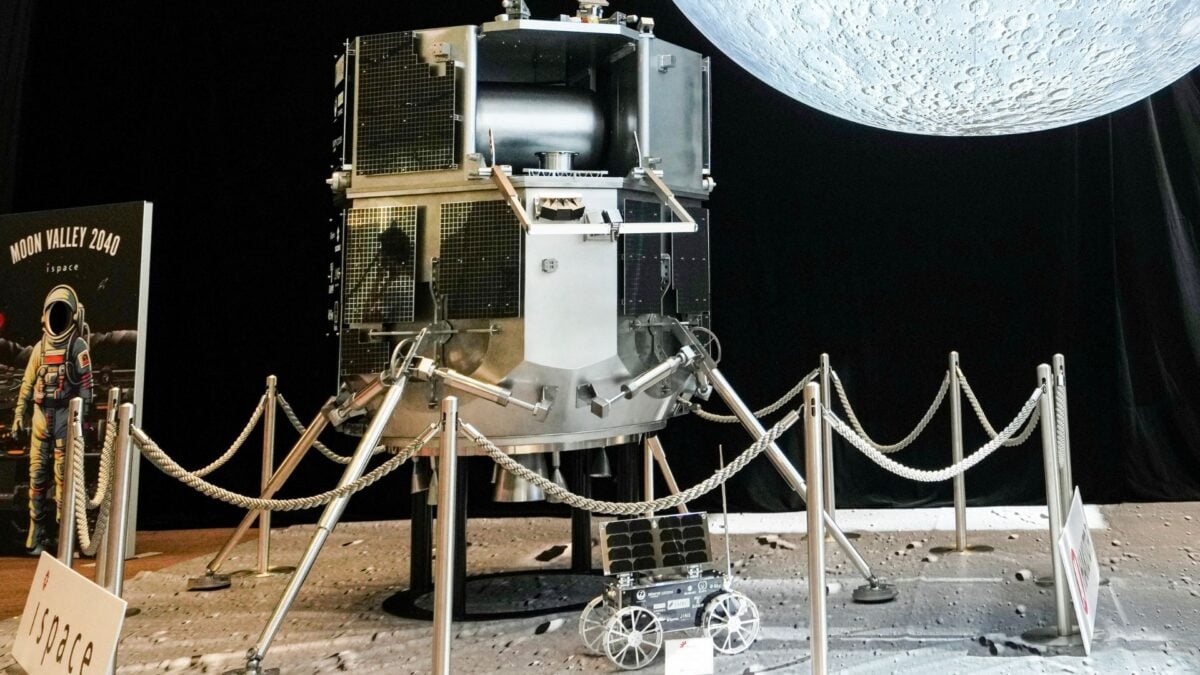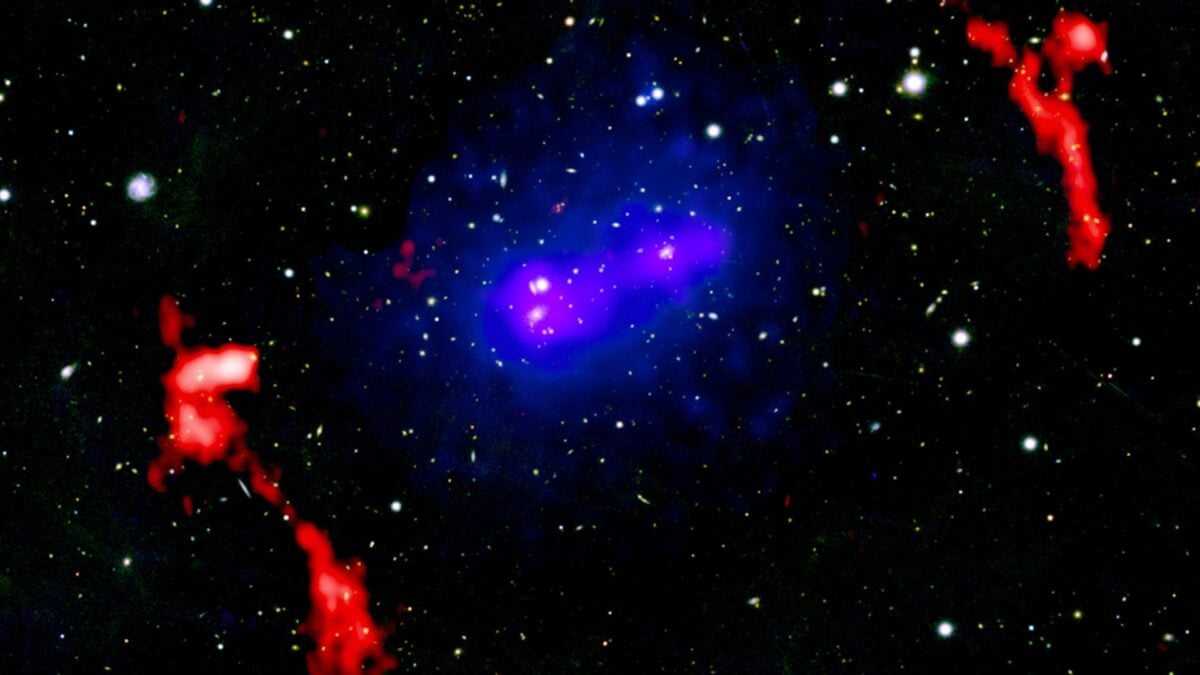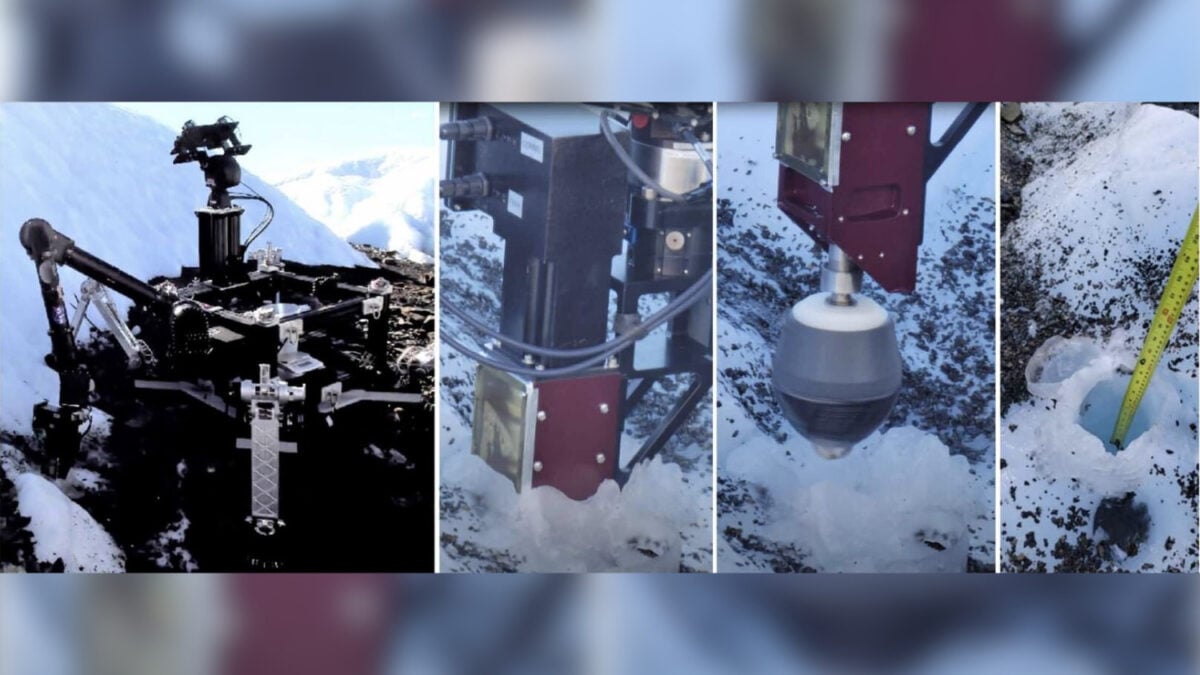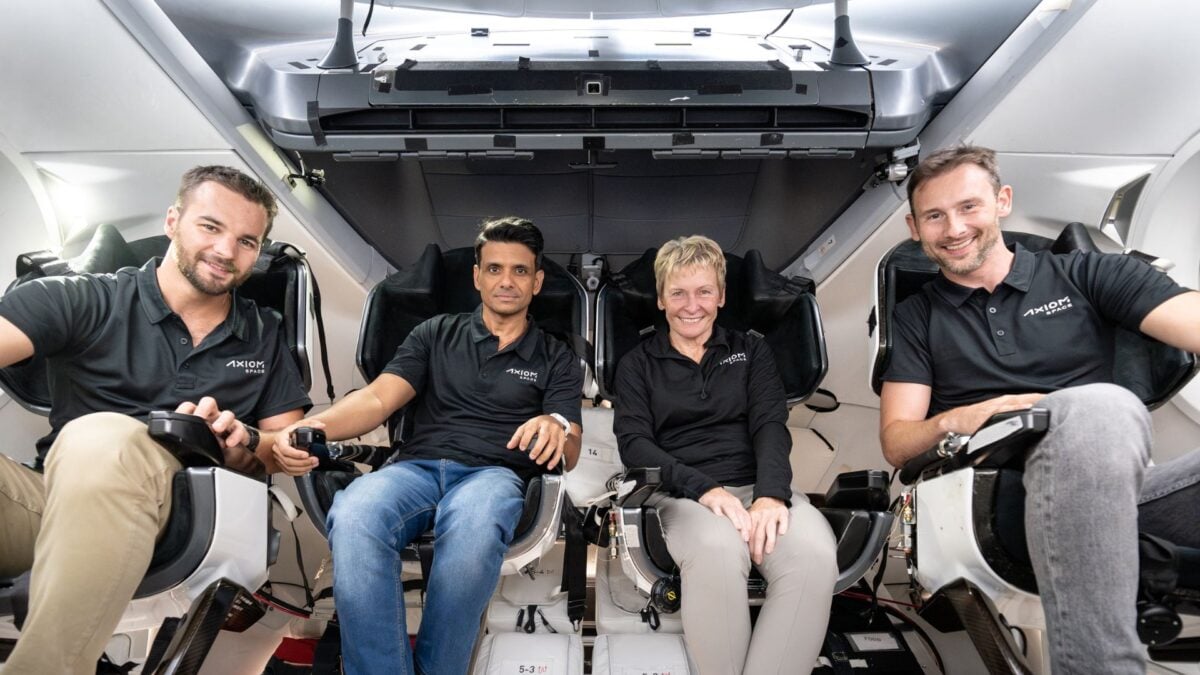A private Japanese spacecraft, named Resilience, reportedly crashed during its lunar landing attempt on Thursday, June 5, marking the second failed Moon mission for Tokyo-based company ispace. The Resilience lander, which embarked on its journey aboard a SpaceX Falcon 9 rocket in January, aimed to achieve Japan’s first commercial lunar landing. This event underscores the significant challenges in the pursuit of private lunar exploration and the ispace moon landing failure.
What Happened to the Resilience Lander?
Communication with the Resilience lander was lost less than two minutes prior to its scheduled touchdown on the Moon, as reported by the Associated Press. In a statement issued shortly after the incident, ispace detailed that the spacecraft’s descent initially proceeded as planned. However, telemetry contact was lost when Resilience reached an altitude of approximately 12 miles (20 kilometers) above the lunar surface. Subsequent attempts to re-establish contact were unsuccessful, leading ispace to conclude that the lander had most likely crash-landed.
“Given that there is currently no prospect of a successful lunar landing, our top priority is to swiftly analyze the telemetry data we have obtained thus far and work diligently to identify the cause,” stated Takeshi Hakamada, founder and CEO of ispace. Preliminary analysis suggests a malfunction of the laser device responsible for measuring the lander’s distance to the lunar surface. This critical failure likely prevented Resilience from decelerating sufficiently for a planned soft landing.
Resilience Mission Profile and Payloads
The Resilience lander commenced its journey on January 15, launched by a SpaceX Falcon 9 rocket, and successfully entered lunar orbit on May 6, according to NASA. The 2,200-pound (1,000-kilogram) prism-shaped spacecraft carried a diverse array of five payloads. These included a small rover named Tenacious, an experiment for water electrolysis, an algae-based food production module, and a monitor for deep space radiation. You can explore the challenges of deep space exploration further.
Perhaps the most unique payload was a miniature art installation: a toy-sized, white-trimmed red cottage called “the Moonhouse.” Designed by Swedish artist Mikael Genberg, who, according to his website, has dreamt of placing a small house on the Moon for 25 years. Unfortunately, this whimsical artistic endeavor did not reach its intended destination on the lunar surface.
A Pattern of Challenges for ispace
The loss of Resilience is a significant blow, echoing ispace’s first lunar landing attempt in April 2023. That earlier mission also concluded with a crash landing, attributed to the lander running out of propellant during its final approach.
ispace is one of several private companies venturing into the complex field of commercial payload transportation to the Moon. To date, Firefly Aerospace stands as a notable example of success in this arena, having achieved a fully successful private lunar landing with its Blue Ghost lander, which interestingly launched on the same Falcon 9 rocket as Resilience in January. Learn more about commercial space missions and their evolving landscape.
Future Lunar Ambitions Despite Setbacks
Despite these two consecutive failures, ispace remains committed to its lunar exploration goals. The company has announced plans for two more Moon missions scheduled for 2027. These future missions will utilize a new, larger, and upgraded lander model, the Apex 1.0. Whether this advanced lander will overcome the challenges faced by its predecessors remains a critical question.
During a press conference following the mission failure, ispace director and CFO Jumpei Nozaki acknowledged the inherent difficulties. “We know it’s not going to be easy,” he told reporters, as per Space.com. “But it’s hard. It has some meaning and significance of trying.”
Perseverance in the Face of Lunar Hurdles
The crash of the Resilience lander serves as a stark reminder of the formidable obstacles involved in successfully landing on the Moon, particularly for private enterprises. While this second failure is a setback for ispace, the company’s continued commitment, along with its plans for future missions with the Apex 1.0 lander, highlights a persistent drive within the commercial space sector. The lessons learned from these challenging attempts will undoubtedly contribute to the broader understanding and eventual mastery of lunar landings. For MaagX, we will continue to follow these developments closely.











